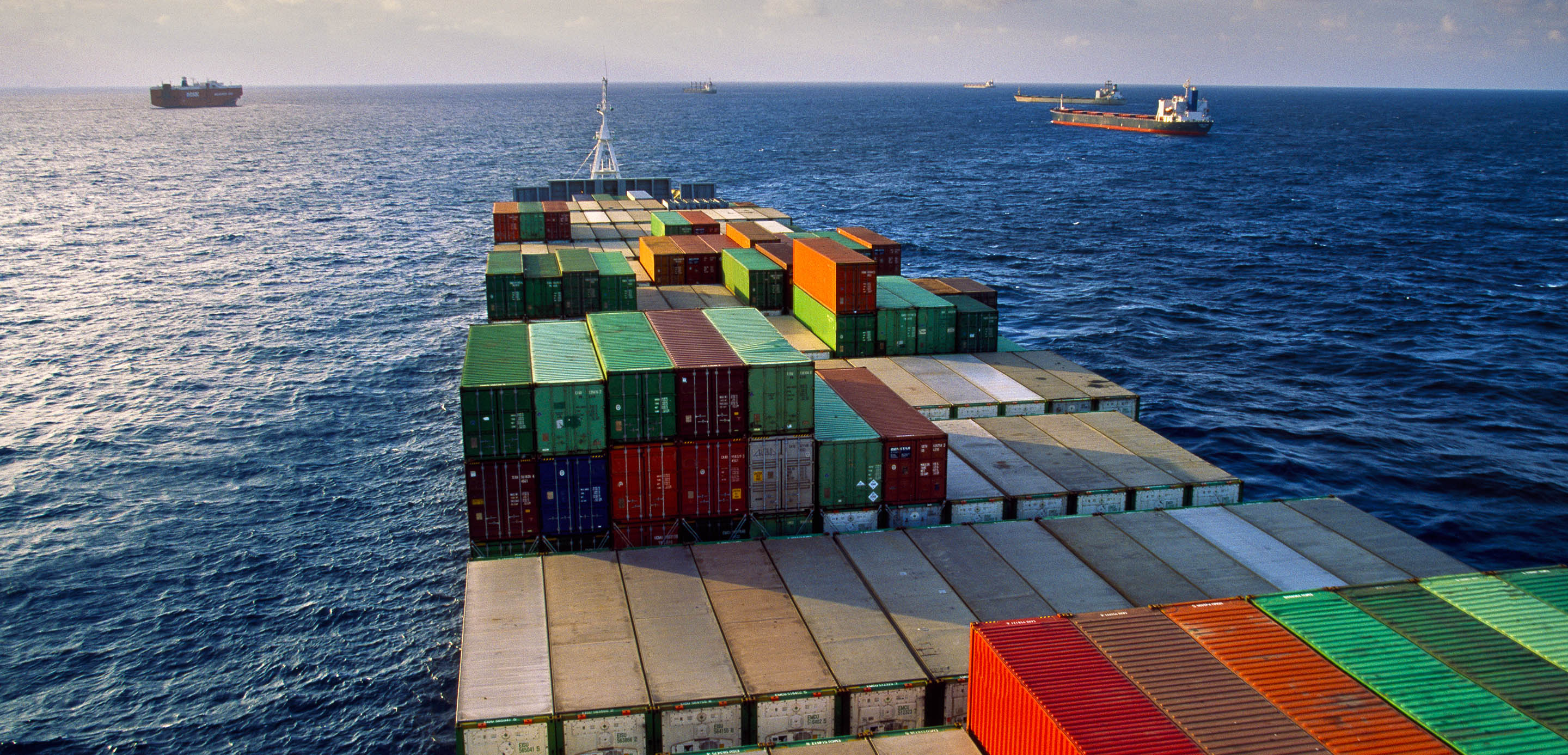- Article

- International
- Import & Export
Global food prices in crisis
Key takeaways
- The food price crisis is not felt equally everywhere. Food inflation is running much higher in Africa and the Middle East, which rely heavily on wheat imports from Ukraine and Russia. East Asia is faring better than other regions because rice prices have remained relatively stable.
- Food and energy prices are closely connected. Agriculture is heavily reliant on energy – most tractors, trucks and water pumps run on diesel or gas. Fertiliser production also uses a lot of energy, including natural gas and coal. High energy prices will continue raising the cost of food production.
- The push for food and energy security will make things worse. As countries attempt to produce their own food and rely less on cheaper imports, prices will inevitably rise. And if calls for energy security slow the pace of the energy transition, climate change could worsen, further endangering food supply.
- Technology could be the answer. Prices of agricultural commodities had declined for over five decades on the back of technology-driven productivity increases. A joint effort by governments and industry could herald a new wave of technology that boosts supply and benefits the environment.
Before this year’s food price shock, the inflation-adjusted price of agricultural commodities had been steadily declining for more than five decades, as a result of technology-driven productivity increases.1 That long-term trend towards ever-cheaper food ended abruptly in 2022.
War, soaring energy prices and extreme weather events have pushed global food commodity prices sharply higher. The Food and Agriculture Organisation of the United Nations (FAO) recorded a 20.7 per cent year-on-year jump in February.2 The FAO Food Price Index has since cooled, registering a 7.9 per cent annual increase in August,3 but several factors will keep global food prices significantly higher than pre-Covid levels.
Speaking at HSBC’s Global Emerging Markets forum, John Baffes, Senior Agriculture Economist, Development Economics Prospects Group at the World Bank, noted that supply is not as stable as it once seemed, having been battered by one headwind after another since 2020.
First came supply disruptions from the pandemic, then adverse weather patterns affecting soybeans and wheat in Latin America as well as palm oil in Southeast Asia. Food inflation went into overdrive following the outbreak of the Russia-Ukraine war, which has disrupted wheat in particular because the two sides account for such a large proportion of global wheat exports.
Staples are no longer stable
The food price crisis is not felt equally by all countries. Food inflation may be running above 5 per cent everywhere, but it is much higher than that in Africa and the Middle East, which rely heavily on Ukraine and Russia to supply their staple food - wheat.
East Asia, including countries like China, Thailand and Indonesia, by contrast, has seen much lower rates of food inflation.
“From a cultural perspective, these are rice-consuming nations, and the price of rice has been quite stable,” said Baffes.
How much a given country is affected also depends on how far its currency has depreciated against the US dollar. Several currencies in the Middle East and Africa rank high on the list of biggest decliners against the dollar since January 2020.
Commodity prices are priced in US dollar terms, so in local currency terms for some of these countries that have seen a sharp depreciation against the dollar, the price of these commodities is much, much higher than the world price would suggest.
|
The food-energy nexus
High energy prices also have an impact on food and agricultural commodities.
“There are trucks, tractors, water pumps and a host of other machinery used in agricultural production which run on diesel or gas,” said Baffes. “Fertiliser production also uses a lot of energy. There are two types of fertilisers: one is made using mineral extraction and the other is produced from either natural gas or, in the case of China, coal.”
Again, the impact is not felt evenly across the world. Food-importing countries, and those which need to transport food long distances, are more exposed to higher price inflation because of energy costs than those with fewer food transport needs.
Security is expensive
The disruption that has rocked commodity markets in 2022 is leading governments to redouble their efforts to become self-sufficient – both in food as well as energy.
Relying less on imports, however, has implications for food costs.
“In an ideal world, commodities will flow to the nearest people or places with the shortest transport cost,” said Nagle. Instead, he notes that concerns over energy security is distorting trade patterns and pushing up transportation costs. “To the extent that this makes markets more costly, it will also serve to push up prices, ultimately for the consumer as well.”
The focus on energy security is also threatening to delay global efforts to address climate change. Warmer temperatures threaten agricultural yields through drought and more severe weather events, so the energy transition is crucial to keeping food prices stable going forward.
Some climate-focused initiatives, however, may be making food supply problems worse. Baffes recommended diverting production from biofuels to food commodities if food supplies are running scarce.
“According to our calculations, about 3-4 per cent of global arable land is allocated to producing biofuels and ethanol, but these only contribute 0.6-0.7 per cent of energy supplies,” said Baffes. “I would say the math is against biofuels – we do a lot of damage on the food supply side and only get a little benefit on the energy side. Moreover, quite a bit of research has come out recently questioning whether biofuels have an environmental benefit in the first place.”
Feeding China
Apart from the supply-side risks looming over food commodity markets, on the demand side, perhaps the biggest pull will be China, which accounts for nearly a fifth of the world’s population.
Prices of soybean and corn, which are used in animal feed, are especially sensitive to Chinese demand, which has been growing strongly to feed rising local demand for meat consumption.
China’s influence on global food prices becomes clear when there are short-term disruptions in consumption. Baffes recalled the downward pressure on corn and soybean prices when African swine flu swept through China in 2018, crippling pork production. More recently, China’s short-lived ban on US soybean exports contributed to renewed price volatility.
The case for cooperation and innovation
Global demand for food is set to continue rising as the world’s population approaches 9.8 billion in 2050 and 11.2 billion in 2100. With supply already a source of uncertainty, the prognosis for food prices does not seem good.
There are reasons for optimism, however.
“The food export restrictions imposed recently were less stringent than those after the 2007-08 crisis,” said Baffes. “I would like to think this was largely the result of efforts by international organisations and the financial press to bring this issue to the forefront early on this time around.”
Innovation could also help see the world through its food crisis. Nearly half of all people in the world arguably owe their existence to the invention of synthetic fertiliser.4 But a lot of the world’s fertiliser production currently goes to waste, contaminating groundwater instead of supporting crops.
Baffes highlighted the potential of emerging technologies that enable farmers to use much smaller quantities of fertiliser to achieve the same outcomes – thereby also contributing to reduced energy usage in the fertiliser production process.
“There is quite a bit of room for governments and industry to work together on developing such technologies to not only ensure food security, but also help the environment,” he said.
1 https://blogs.worldbank.org/developmenttalk/commodity-markets-evolution-challenges-and-policies
2 https://www.fao.org/north-america/news/detail/fr/c/1475854/
3 https://www.fao.org/newsroom/detail/world-food-commodity-prices-dip-for-fifth-month-in-a-row-in-august
4 https://ourworldindata.org/how-many-people-does-synthetic-fertilizer-feed
Accessing Emerging Markets
Explore our latest insights on topics as diverse as macroeconomics, technological innovation, and the future of trade.



